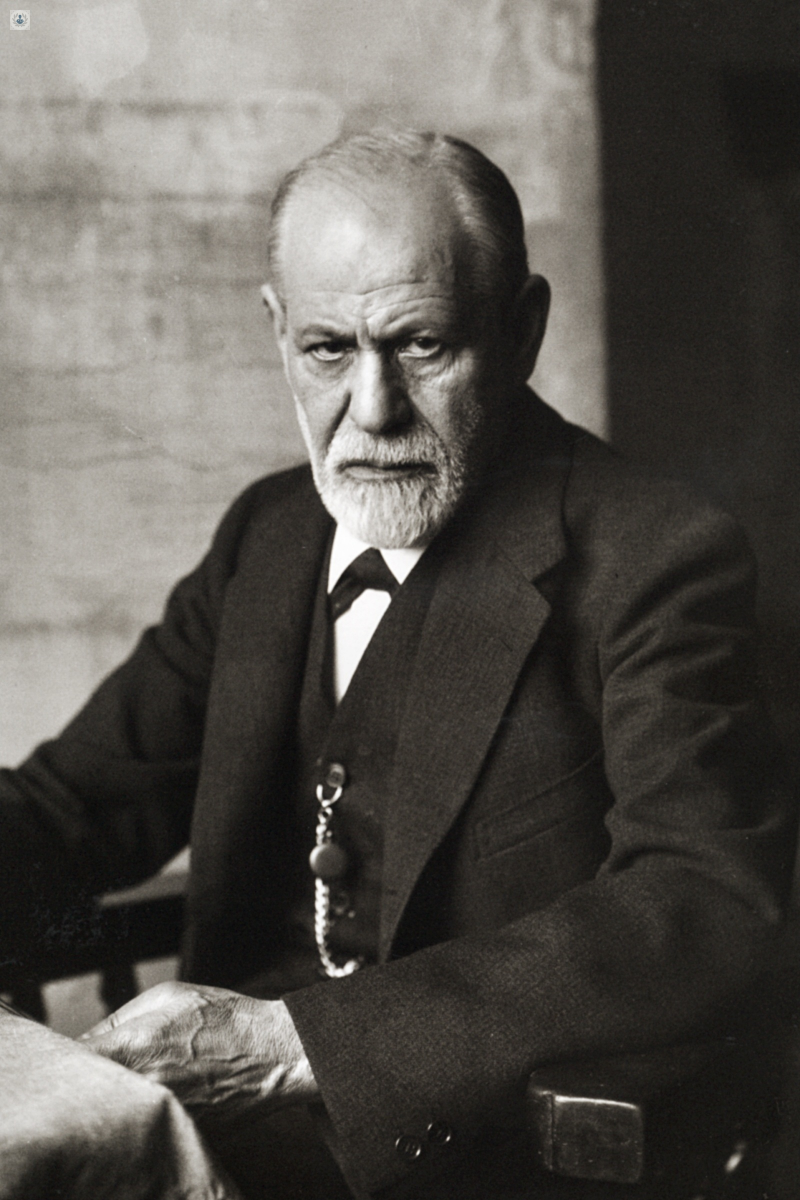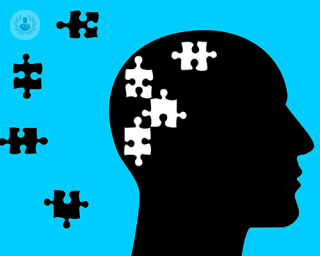Psychoanalysis
Gabriela van den Hoven - Psychology
Created on: 02-26-2016
Updated on: 10-13-2023
Edited by: Aoife Maguire
What is psychoanalysis?
Psychoanalysis, developed by Sigmund Freud, is the therapeutic treatment of mental conditions which focuses on increasing your awareness of unconscious thoughts and behaviours, developing new insights into your motivations, and resolving internal conflicts.
Psychoanalysis is based on the theories of Sigmund Freud who developed this method for patients who did not respond to the psychological or medical treatments available during his time.
Freud believed that certain types of problems come from behaviours, feelings, and thoughts, buried deeply in the unconscious mind. He believed that the present is shaped by the past that the actions and individual takes are rooted in early childhood.

What does psychoanalytic therapy involve?
Psychoanalytic therapy is carried out using free association. It is a practice where you can say freely what is going through the mind, even if it may seem meaningless. Thanks to this method, the analyst can bring to light all the reasons that unconsciously determine the patient's behaviour, establishing a connection between the symptom they are suffering from and the things they say.
Once the therapy has begun, the patient establishes a special and intimate relationship with the analyst called transference and projects in this all their feelings of love and hate towards other people, especially in the family environment. It is called positive transfer when the patient projects his feelings of love on the analyst, while it is negative when he projects hateful manifestations. Through the transfer, the analyst who determines the cure, signals the exit and facilitates the emergence of the unconscious in the form of words, finding a link with the symptomatology of the subject. Subsequently, the analyst can reveal all the censored motivations and the defence mechanisms that cause mental disorders and helps the person become aware and overcome them. The therapeutic experience of psychoanalysis to overcome neurosis can last even years, with an average of three sessions per week lasting between 45 and 50 minutes.
Why is it done?
Psychoanalytic therapy is aimed at the awareness of the subject of a patient’s unconscious processes with the consequent "cure" of the neurotic symptom that derives from them. However, psychoanalysis is not only aimed at patients with mental disorders; it is a powerful means of investigation, the ideal patient will not only become aware of the unconscious mechanisms that have created their disorder, but will acquire a positive disposition to work on themselves.







